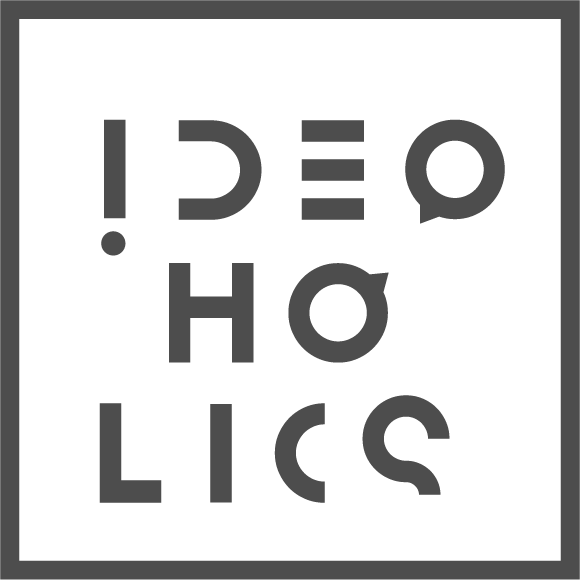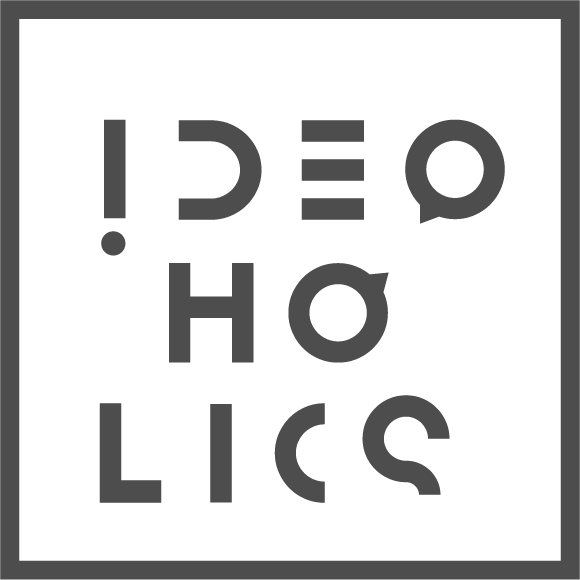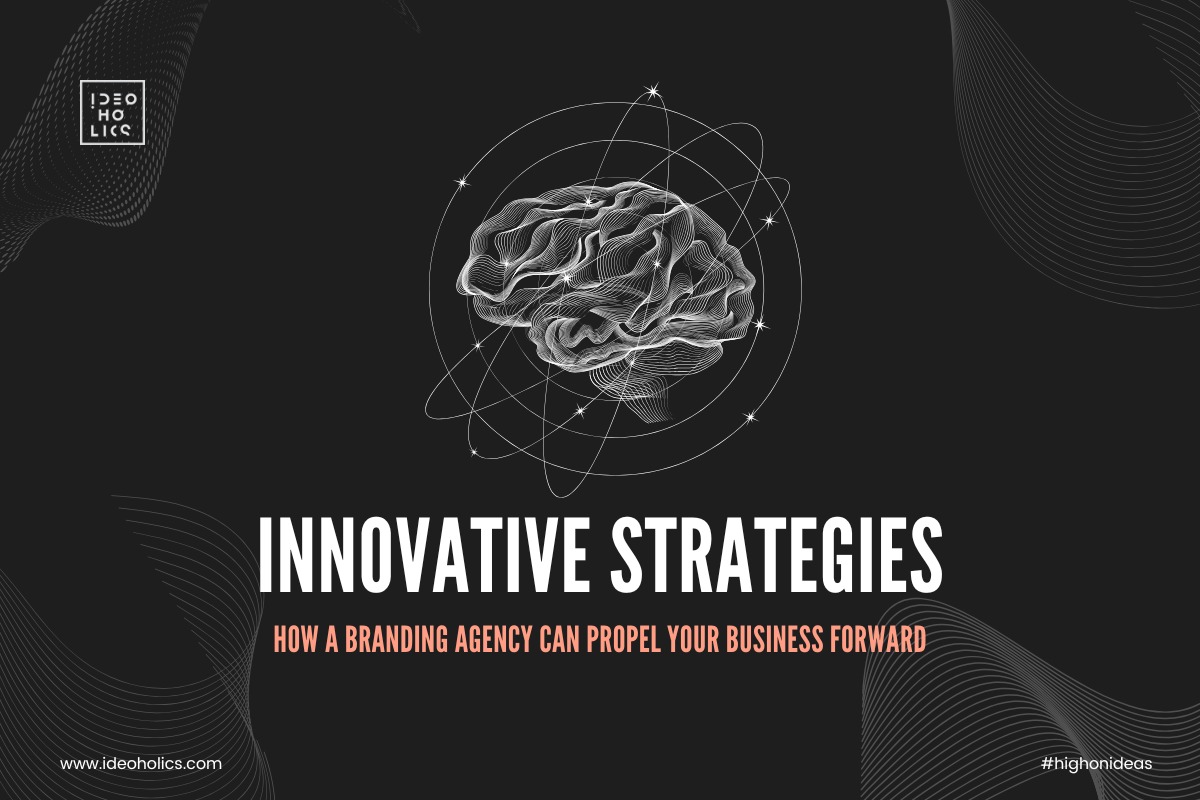
Unveiling the Blueprint of Brand Strategy: Essential Elements for Building a Strong Brand
Building a strong brand requires a well-crafted brand strategy that serves as the foundation for all branding efforts. In this blog post, we will explore the essential elements of a brand strategy session, focusing on the idea that a brand is built from the inside out. By defining the brand core, understanding the purpose, vision, mission, and values, crafting the brand personality and archetype, conducting a comprehensive market and competitive analysis, and articulating the differentiating factor, we can create a robust brand strategy that propels the brand to success.
Defining the Brand Core:
a. Purpose: Clearly define the reason why the brand exists and the problem it solves for its target audience.
b. Vision: Set a desired future state for the brand, encompassing its aspirations and long-term goals.
c. Mission: Outline the brand’s overall objective, describing what it aims to achieve and who it serves.
d. Values: Identify the principles and beliefs that guide the brand’s behavior and decision-making, creating a foundation for its actions.
Crafting the Brand Personality and Archetype:
a. Brand Personality: Define the human characteristics and traits that the brand will embody. Is the brand playful, sophisticated, or trustworthy? The personality shapes how the brand interacts with its audience.
b. Brand Archetype: Determine the dominant archetype that aligns with the brand’s values, positioning, and target audience. Common archetypes include the hero, the rebel, the nurturer, and the sage. The archetype adds depth and relatability to the brand’s personality.
Understanding the Target Audience:
a. Demographics: Gather data on the age, gender, location, and other relevant characteristics of the target audience.
b. Psychographics: Dive deeper into the audience’s interests, values, lifestyle choices, and motivations.
c. Behaviors: Analyze their purchasing patterns, preferences, and consumption habits to understand how to best reach and engage them.
Conducting a Comprehensive Market and Competitive Analysis:
a. Market Analysis: Study the overall market landscape, identifying trends, opportunities, and potential challenges.
b. Competitive Analysis: Analyze competitors’ strengths, weaknesses, positioning, and messaging to uncover gaps and areas for differentiation.
c. SWOT Analysis: Evaluate the brand’s own strengths, weaknesses, opportunities, and threats to inform strategic decision-making.
Crafting the Brand Positioning:
a. Unique Selling Proposition (USP): Determine the unique value that sets the brand apart from competitors and resonates with the target audience.
b. Brand Promise: Define the specific benefits and experiences the brand promises to deliver to customers.
c. Brand Attributes: Identify the key characteristics and traits that describe the brand’s personality, voice, and tone.
Developing the Brand Messaging:
a. Tagline: Create a concise and memorable statement that captures the essence of the brand and its value proposition.
b. Key Messages: Craft compelling messages that communicate the brand’s core values, benefits, and differentiating factors.
A brand strategy session involves a detailed exploration of the brand’s core elements, including defining the purpose, vision, mission, values, crafting the brand personality and archetype, understanding the target audience, conducting market and competitive analysis, and developing a unique brand positioning and messaging. By incorporating all these elements, a robust brand strategy can be crafted, guiding all branding efforts and setting the brand up for success. Remember, a strong brand strategy forms the backbone of a brand’s identity, enabling it to resonate with its audience, stand out in







